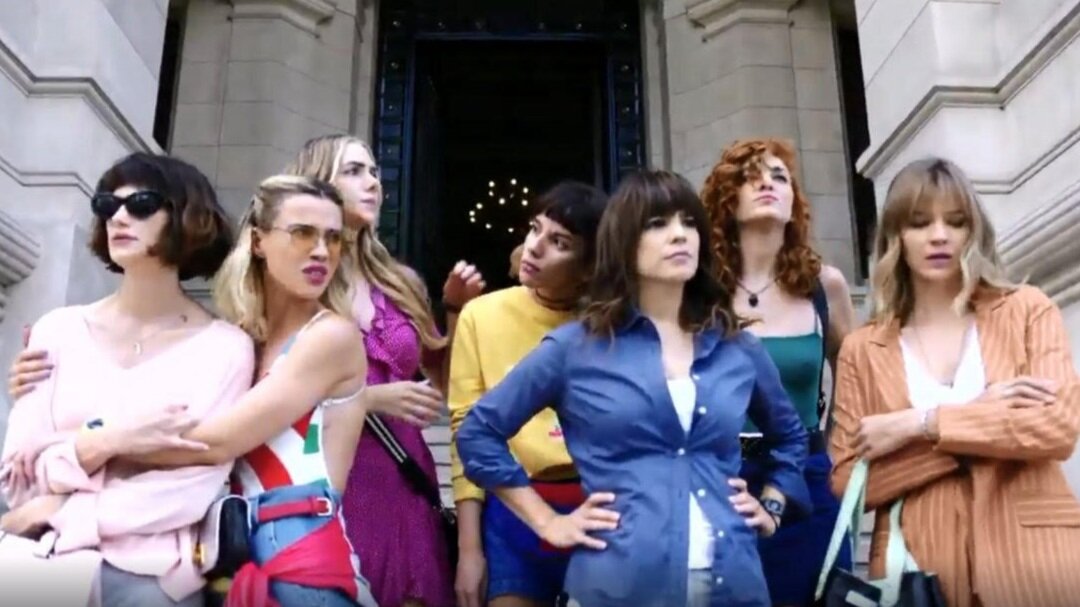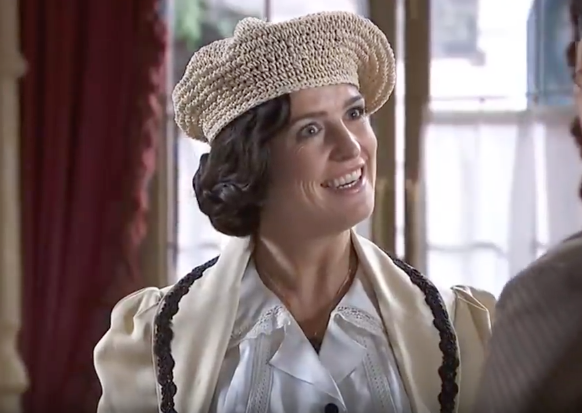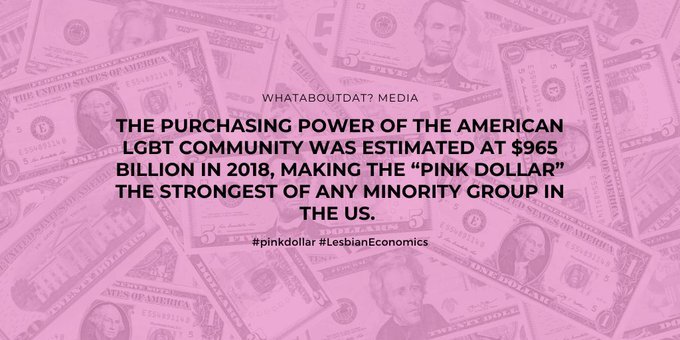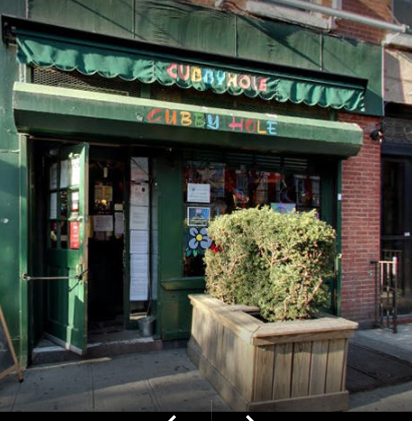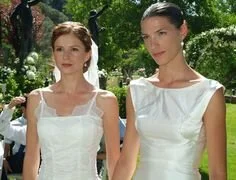By: Karen Frost
The following article is a story about Argentinian telenovelas, Latin American societal attitudes towards homosexuality, and queer representation. It is also the story of how one awesome Argentinian telenovela, “Separadas,” quietly became the most lesbian thing on Spanish language television in 2020. Because the two stories, it turns out, are one and the same.
How “Separadas” is Intentionally and Unintentionally the Gayest Thing on TV
In January, Argentina debuted its latest telenovela, “Separadas,” about seven women whose lives unexpectedly intertwine in a shared story of love, loss, family, found family, and hope. It’s a fantastic show. All the characters are fun and interesting, and the show strikes a perfect balance between comedy and dealing with serious issues. But also, the show is the most lesbian thing on Spanish language TV. Not because one of the women, Martina Rivero, is introduced as a free love bisexual with both a boyfriend and a girlfriend. Nor because another of the women, Paula Kaplan, immediately falls in love with her and struggles to cope with this newfound attraction to a woman. Nor even because in one scene all the women gather together to watch lesbian porn.
No, “Separadas” is the gayest thing that will air on Spanish language TV this year because of the seven actresses playing the main characters, five have played high profile queer roles. Together, they represent almost every one of Argentina’s previous lesbian storylines. The actresses are:
· Julieta Nair Calvo, who played lesbian Jazmín del Río on “Las Estrellas” (2017/18)
· Celeste Cid, who played lesbian Malena San Juan on “Para Vestir Santos” (2010) and now plays bisexual Martina on “Separadas”
· Gimena Accardi, who played lesbian Brenda Garay on “Sos Mi Hombre” (2012/2013)
· Julieta Zylberg, who plays Paula on “Separadas”
· Mónica Antonopulos, who played lesbian Greta Sáenz Valiente on “El Elegido” (2011)
This coincidental, serendipitous confluence of these participants in Argentinian LGBT representation history inspires two questions about the history of lesbian love stories on Argentinian TV. First, why does Argentina keep introducing queer female storylines on its telenovelas? Second, why have the lesbian couples all gotten happy endings so far? In other words, why are Argentinian telenovelas so good to their queer female viewers?
Julieta Nair Calvo as Jazmín del Río on “Las Estrellas”
Why Argentina Loves Lesbian Storylines
The perception that Latin America is too homophobic and too religious to air LGBT storylines is, at least for Argentina, both antiquated and wrong. Argentina has long been dubbed the most pro-LGBT country in Latin America. It was the first Latin American country to legalize same-sex marriage nationwide, beating out Brazil and Uruguay by three years and Colombia by six (Mexico has allowed gay marriage since 2010 but lacks national gay marriage). And Argentina leads the pack on lesbian representation on telenovelas. According to LezWatch.TV, since 2002, there have been eight Argentinian telenovelas with significant queer female storylines. Brazil has had seven (Amor e Revolução, Babilônia, Em Família, Felizes Para Sempre?, Mulheres Apaixonadas, Órfãos da Terra, and Senhora de Destino), Mexico has had three (“Amar a Muerte,” “Las Aparicio” and “El Trampas del Deseo”) and Chile one (“Perdona Nuestros Pecados”).
While a few LGBT characters appeared on Argentinian TV in the early 2000s, the presence and screen time for queer characters greatly increased during and after the passage of gay marriage in 2010. In fact, since then, there has been almost one telenovela a year with a prominent queer female storyline. This is, to put it mildly, statistically significant, because between 2002-2016, on average only nine telenovelas were produced a year. With such limited production, the allocation of screen time to queer female stories can’t be a coincidence. So why does Argentina love lesbian storylines so much?
Celeste Cid as Malena San Juan on “Para Vestir Santos”
Many Latin American telenovelas since at least the early 2010s have sought to tackle “modern” themes like rape and homosexuality, but the high incidence of queer female storylines in Argentina seems to suggest an additional reason. But what? As an outsider looking in, it’s impossible to know for sure, but one theory is that the success of lesbian pairings has led Argentinian telenovela writers to view same-sex love stories as a way to attract millions of viewers and generate thousands of social media impressions. As just one example, the most viewed video on YouTube for Brenda and Marisa of “Sos Mi Hombre” has 29 million views. The global queer female fan base is active on social media, a cohesive market segment, and hungry for representation; a writer’s dream. Facing that, why wouldn’t writers play to them?
Why Lesbians Get Happy Endings in Argentinian Telenovelas
Globally, only 8% of queer female pairings get happy endings. So why have all of the lesbian couples on Argentinian telenovelas gotten happy endings? The answer, interestingly enough, likely has nothing to do with Argentina and everything to do with the structure of telenovelas in general. To satisfy viewers, each storyline in a telenovela normally reaches a positive conclusion (historically, a wedding). This narrative structure means that almost all the main characters on a telenovela, gay or straight, get a happily ever after. In essence, queer female characters in Latin America have avoided the Bury Your Gays trope suffered by queer female characters in the rest of the world by the fortunate coincidence of being on a telenovela. Which is good news for Paula’s crush on “Separadas.”
Gimena Accardi as Brenda Garay on “Sos Mi Hombre”
Why Queer Representation on “Separadas” and Other Telenovelas Matters
Telenovelas play a huge role in Latin American television and, by extension, Latin American society. Unlike American soap operas, their very distant and much less illustrious cousin, they represent the pinnacle of Latin American acting, writing, and directing talent. They air during primetime and form a plurality of the programming in most of Latin America. Viewership is so integral to Latin American culture, in fact, that 53% of people in Latin America ages 12-61 identify as regular telenovela viewers. Telenovelas form the touchstone of social conversations and link viewers across the diaspora to a shared viewing experience.
And telenovelas impact more than just their immediate locales and cultures. The telenovela industry is truly global, with shows being exported to places like Russia, the Balkans, Africa and the Philippines. It is estimated that two billion people spanning over 100 countries watch telenovelas each year. With millions to hundreds of millions of viewers watching, the content of popular telenovelas has the very real potential to influence entire societies, both in the producing country and outside it. This means that positive LGBT representation on shows like “Separadas” has a huge impact even though Argentina itself is already very socially progressive, and why it benefits everyone that Argentina continues to air queer storylines.
Julieta Zylberg as Paula Kaplan on “Separadas”
How to Publicize “Separadas” and Other Telenovelas
Argentinian telenovelas have been pushing the envelope for positive queer female representation for almost two decades, leading the charge on well-written, well-acted lesbian love stories. So why haven’t many people outside Argentina noticed this trend? Unfortunately, quality content alone isn’t enough to enable shows to truly “break out” in the international lesbian community and join the ranks of the best known and most beloved lesbian storylines. To successfully break out, a show (from anywhere and in any language) must catch the attention of both English and Spanish speaking fans. Since 2018, I’ve argued that queer storylines on Latin American TV shows are well positioned to break out internationally, and Flozmin, Barcedes, and Juliantina are all examples of successful breakouts. So how do we publicize “Separadas” and future Argentinian shows to give them the best chance at breaking out?
Two ways. First, queer news outlets need to publicize them. Although shows like “Separadas” are discussed on Argentinian news websites, many of them fall through the cracks of (Anglo-centric) lesbian news sites. It’s important for them to appear on these sites, however, because the sites have significant sway in the global lesbian community and can tip readers off to new storylines. Audiences can’t watch what they don’t know exists. Second, we have to leverage social media. Nowadays, most queer women seem to get their news through social media word of mouth. As I recently wrote, the most successful fandoms happened because they become symbiotic ecosystems between the cast, fans, and PR/social media managers. Flozmin succeeded because everyone involved in it pushed for it to succeed. For “Separadas,” that means more hashtagging, tweeting, and conversation in both English and Spanish that catches the attention of new potential fans.
Mónica Antonopulos as Greta Sáenz Valiente on “El Elegido”
“Separadas” is the best lesbian bait on TV. It has fan favorites from Flozmin, Brendisa, etc. It has an active queer female storyline. It has longing glances from one woman to another. Queer women should be watching in droves. So why isn’t it catching fire yet on social media? Because for now, its queer female fandom appears to be small and almost exclusively Spanish speaking. Hopefully, when the storyline between Paula and Martina (Pautina) really kicks into gear, it will start to transcend Argentinian viewers and draw in the global queer female community. Because the show has so much to offer queer viewers, and it’d be a pity for only a few people to see it.
Argentinian Telenovelas With Queer Female Characters:
“Culpables” (2001)—Sofía is a secondary character (El Trece)
“099 Central” (2002)—Marisa and Silvina (El Trece)
“Para Vestir Santos” (2010)—Male, Emilia and Laura (El Trece)
“El Elegido” (2011)—Greta, Paloma, and Gigi (Telefe)
“Sos Mi Hombre” (2012/2013)—Brenda and Marisa (Brendisa) (El Trece)
“Los Vecinos en Guerra” (2013/2014)—Augustina and Valeria (Augusleria) (Telefe)
“Las Estrellas” (2017/18)—Jazmin and Florencia (Flozmin) (El Trece)
“Pequeña Victoria” (2019)—Dolores and Valeria (Doleria) (Telefe)
“Separadas” (2020)—Paula and Martina (Pautina) (El Trece)
Attachments area
Preview YouTube video Brenda y Marisa, envueltas en la pasiónBrenda y Marisa, envueltas en la pasión
